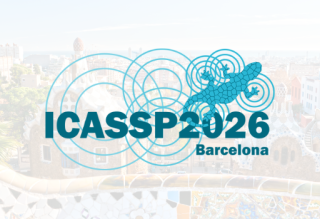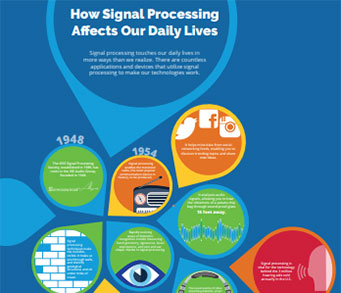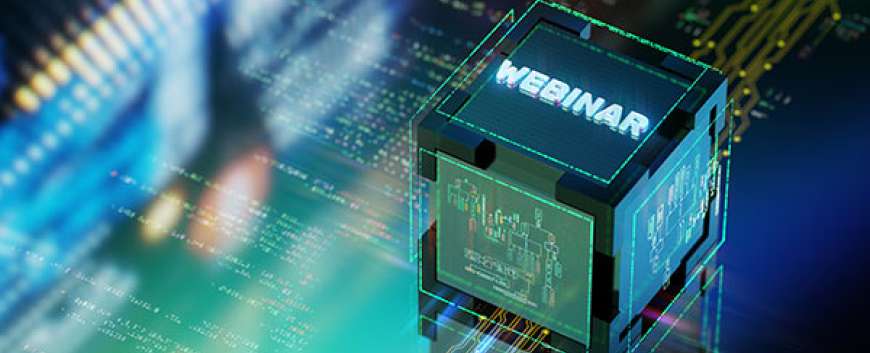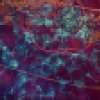SPS-DSI (DEGAS) Webinar: Understanding and Improving Graph Neural Nets With the cSBM
Date: 26 February 2025
Time: 10:00 AM ET (New York time)
Presenter(s): Ivan Dokmanić
The DEGAS Webinars will be offered to multiple time zones here.
DEGAS Webinar Series is an event initiated by the Data Science Initiative (DSI) of the IEEE Signal Processing (SP) Society. The goal is to provide the SP community with updates and advances in learning and inference on graphs. Signal processing and machine learning often deal with data living in regular domains such as space and time. This webinar series will cover the extension of these methods to network data, including topics such as graph filtering, graph sampling, spectral analysis of network data, graph topology identification, geometric deep learning, and so on. Applications can for instance be found in image processing, social networks, epidemics, wireless communications, brain science, recommender systems, and sensor networks. These bi-weekly webinars will be hosted on Zoom, with recordings made available in the IEEE Signal Processing Society’s YouTube channel following the live events. Further details about live and streaming access will follow. Each webinar speaker will give a lecture, which is followed by Q&A and discussions.
Abstract
The presenter will present two recent results on using the contextual stochastic block model (cSBM) to study graph neural networks (GNNs). He will begin by showing how the cSBM in combination with tools from statistical physics and random matrix theory enables a precise generalization analysis for node classification with simple graph convolution networks. This analysis explains how graph noise, feature noise, and the number of training labels jointly shape the risk, and it matches behaviors seen in “production-scale” GNNs on data beyond the cSBM. He will then use these insights to motivate a new graph rewiring method—JDR—that works by improving spectral alignment between the graph and the features. Although JDR is a heuristic, we prove that it improves alignment in a stylized setting, and demonstrate its effectiveness on both synthetic and real-world data. Empirically, JDR outperforms existing rewiring techniques for node classification with GNNs as downstream models.
Biography
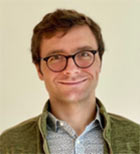
Ivan Dokmanić received the diploma in electrical engineering from the University of Zagreb, Zagreb, Croatia, in 2007 and the Ph.D. in computer science from Ecole Polytechnique Fédérale de Lausanne (EPFL), Lausanne, Switzerland, in 2015.
He is an Associate Professor in the Department of Mathematics and Computer Science at the University of Basel, Switzerland. From 2016 to 2019 he was an Assistant Professor in the Coordinated Science Laboratory at the University of Illinois at Urbana-Champaign, where he now holds an adjunct appointment. His research interests lie between inverse problems, machine learning, and signal processing.
Dr. Dokmanić received the Best Student Paper Award at ICASSP 2011, a Google PhD Fellowship, an EPFL Outstanding Doctoral Thesis Award and a Google Faculty Research Award. In 2019 the European Research Council (ERC) awarded him a Starting Grant.



